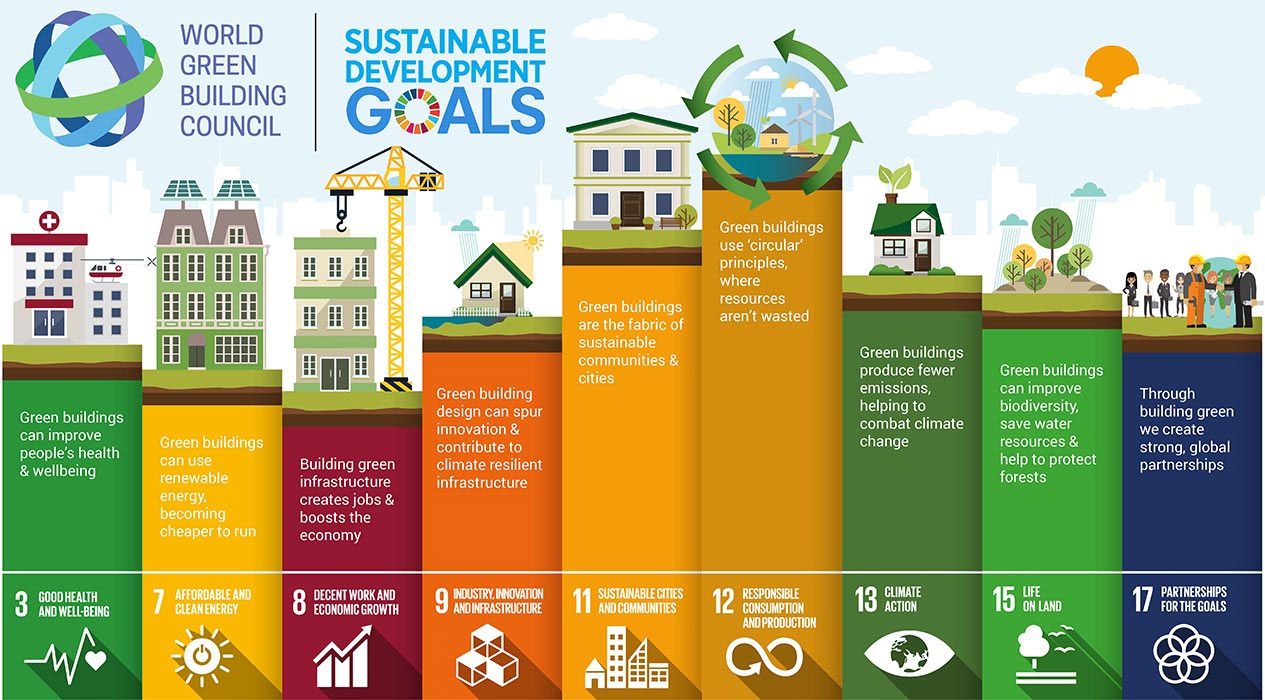This article is from the Australian Property Journal archive
CHARTER Hall, ARA Asset Management, ISPT and JLL are among some of the companies that have joined London, Paris and Montreal as signatories to World Green Building Council.
The international body announced a further 44 new businesses that have signed up to the Net Zero Carbon Buildings Commitment, pledging to take increased action to decarbonise the built environment across their portfolios and business activities, representing annual turnover.
The signatories have committed to, by 2030, reduce all operational emissions of new and existing built assets, achieve maximum reductions in embodied carbon for new developments and major renovations over which they have direct control, compensate for any residual operational and upfront embodied emissions that cannot be mitigated, and advocate for wider emission reductions via their business activities and report on their impact.
The Commitment now has a total of 156 signatories, with 122 businesses and organisations, including Monash University and Commonwealth Bank of Australia; 28 cities, including Melbourne and Sydney; and six states and regions, such as California.
The businesses and organisations signed up to the Commitment account for approximately 6.5 million (tCO2e) of portfolio emissions annually and more than $300 billion annual turnover.
The global buildings and construction sector is responsible for 37% of global carbon emissions, with 10% of this being embodied carbon resulting from materials and construction processes.
To keep a global temperature rise of no more than 1.5°C within reach, as set out in the Paris Agreement, the “Building to COP” coalition has called for emissions from buildings globally
to be halved by 2030, and to reach net-zero life-cycle emissions for all buildings by no later
than 2050.
Among the Commitment signatories, Bennetts Associates has published its first LETI Embodied Carbon Ratings for completed projects, with declarations for King’s Cross Sports Hall and for 11-21 Canal Reach the culmination of over five years of embodied carbon calculation and reduction on both projects, in collaboration with other signatories Argent and BAM Construct.
Developers such as British Land, IPUT, City Developments Limited, and NEO have committed to only own, occupy and crucially, develop assets that operate at net zero carbon and achieve maximum reduction of embodied carbon in new developments and major renovations, compensating for any remaining residual operational and upfront embodied emissions by 2030.
Commonwealth Bank was recently announced as the sole financier and green coordinator on Charter Hall’s $410 million 480 Swan Street development in Melbourne, in Australia’s first green development loan. It has also offered commercial property owners a chance to increase their investment loan by up to 20% to complete upgrades that achieve a NABERS rating improvement or reduce the asset’s carbon emissions.
Arup announced last week it has committed to undertaking whole lifecycle carbon assessments for all its buildings projects – new or retrofit – from next year.
A trillion-dollar race is underway by companies to green up their cloud and data centres, which the World Economic Forum has described as responsible for the plurality of emissions for many tech companies.
RICS research has found more than half of property players believe that green and sustainable buildings achieve a rent and a price premium over comparable non-green and sustainable buildings. More than one-third believe that the rent and price premium stands at up to 10%; around 15% judge it to be higher still.
“Today, at the COP26 Cities, Regions and Built Environment Day, we have announced businesses and organisations that are leading the built environment industry, and beyond, in their efforts to go further and faster to decarbonise,” Cristina Gamboa, CEO of the World Green Building Council said.
“They have committed to pursuing a reduction first approach, tackling both operational and embodied carbon emissions.
“Acting on whole-life carbon creates a powerful catalyst towards keeping a 1.5°C future within reach and achieving the Paris Agreement and the Sustainable Development Goals.”
Arup chairman, Alan Belfield said, “Achieving net zero carbon buildings requires that we include embodied carbon and take a whole life carbon approach. Arup is taking these steps and we welcome the leadership of the World Green Building Council in driving change toward net zero across the global buildings sector.”
The Commitment considers itself a frontrunner in the United Nations’ Race to Zero initiative.
The COP26 event in Glasgow ended with a landmark agreement between geopolitical adversaries United States and China – which account for about 40% of the world’s carbon emissions – in which they would share policy and technology development, unveil new national targets for 2035 by the year 2025, and kickstart a multilateral working group on climate change.




